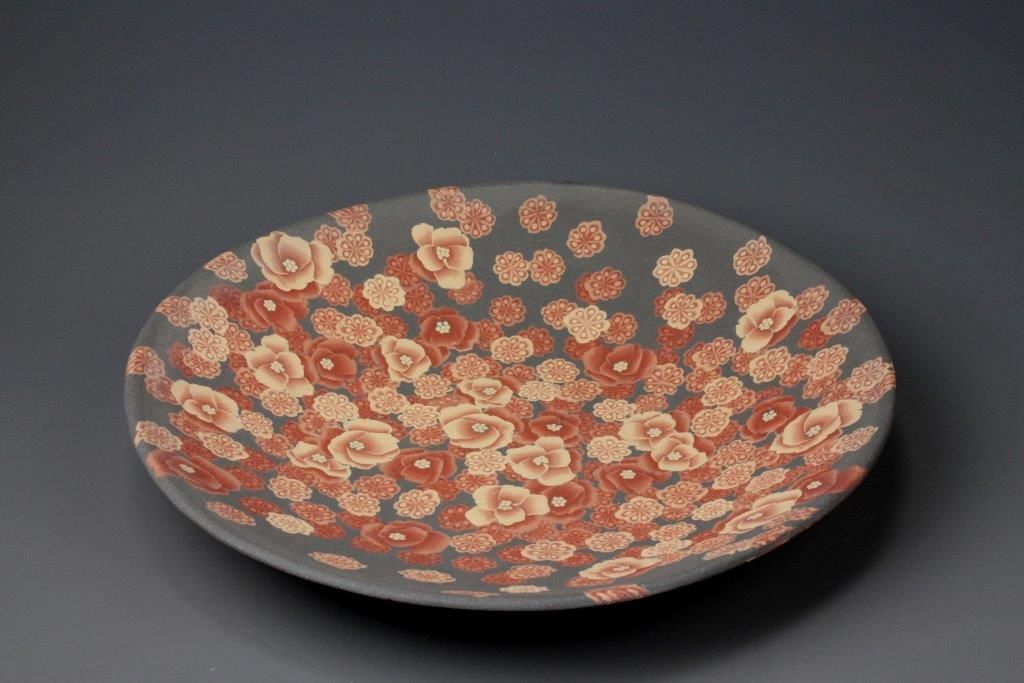According to tradition the first japanese porcelain was made in the early 16th century after shonzui goradoyu go brought back the secret of its manufacture from the chinese kilns at jingdezhen.
Traditional japanese ceramic artists.
Painter and engraver applied french oil painting techniques to traditional japanese painting kawai kanjirō.
Another account claims that ri sampei yi sam p yong a korean potter who was brought to japan by hideyoshi discovered porcelain clay.
Artists and artisans working with ceramics have steadily contributed to the art world for centuries.
From prehistoric pottery to ancient greek amphoras from the rise of porcelain in asia and europe to the arts and crafts movement in england and the u s ceramic traditions have long fascinated artists and infiltrated their practices in the contemporary art world this was never more clear.
1893 1953 migrated to new york from japan in 1906.
Pottery and porcelain 陶磁器 tōjiki also 焼きもの yakimono or 陶芸 tōgei is one of the oldest japanese crafts and art forms dating back to the neolithic period.
Thereafter he amassed displays at every exhibition and repeatedly amassed various awards such as the japan kogei association s presidential prize in 1971 the japan ceramic art exhibition s top prize in 1973 the 1974 japan ceramics society prize the 1975 japan traditional kogei exhibition nhk members prize the 1986 fujiwara kei memorial.
Why chinese ceramics sell for millions.
Well known for his paintings related to social realism.
And beyond the traditional art world japanese ceramics have found an unlikely pop culture champion.





























